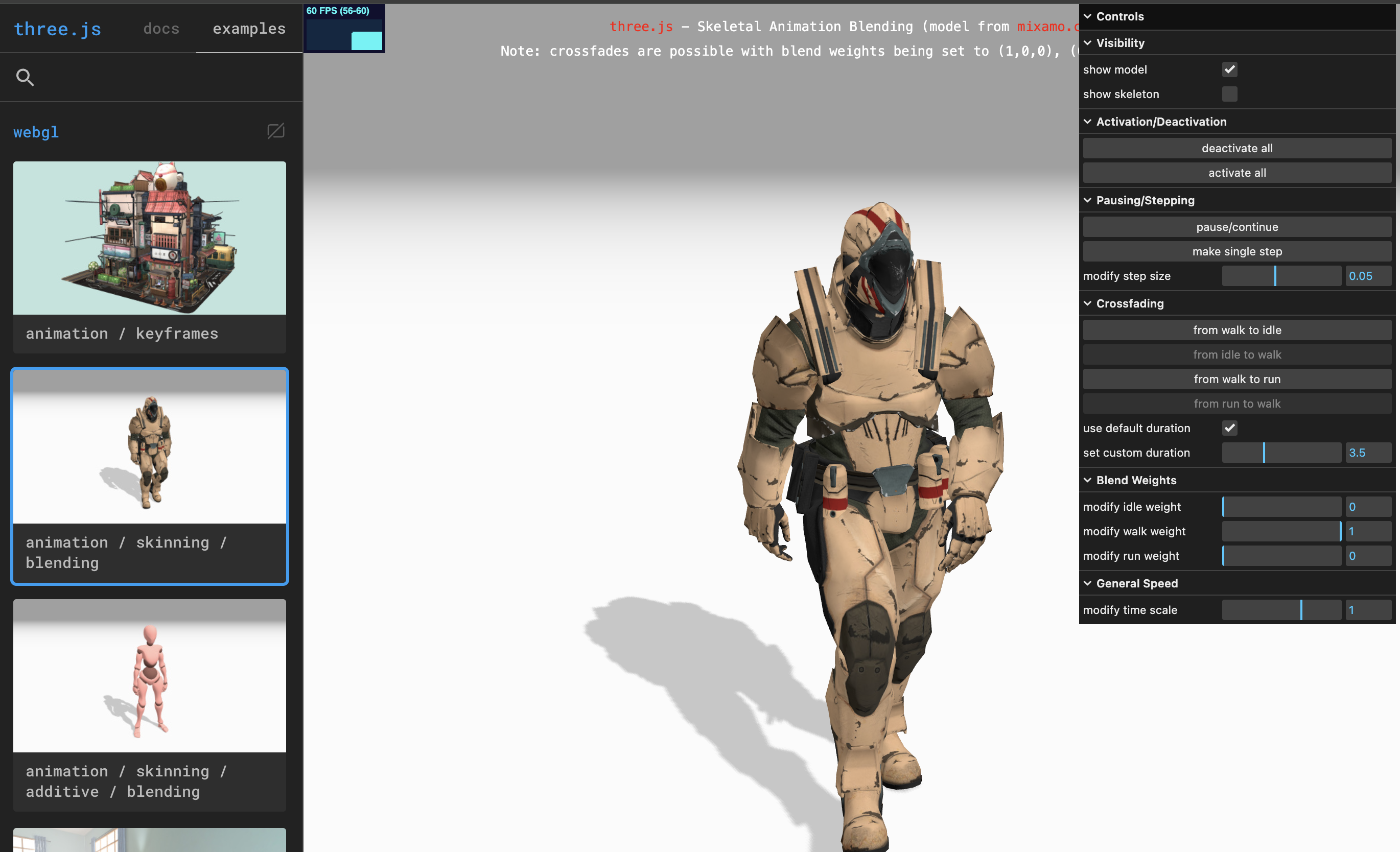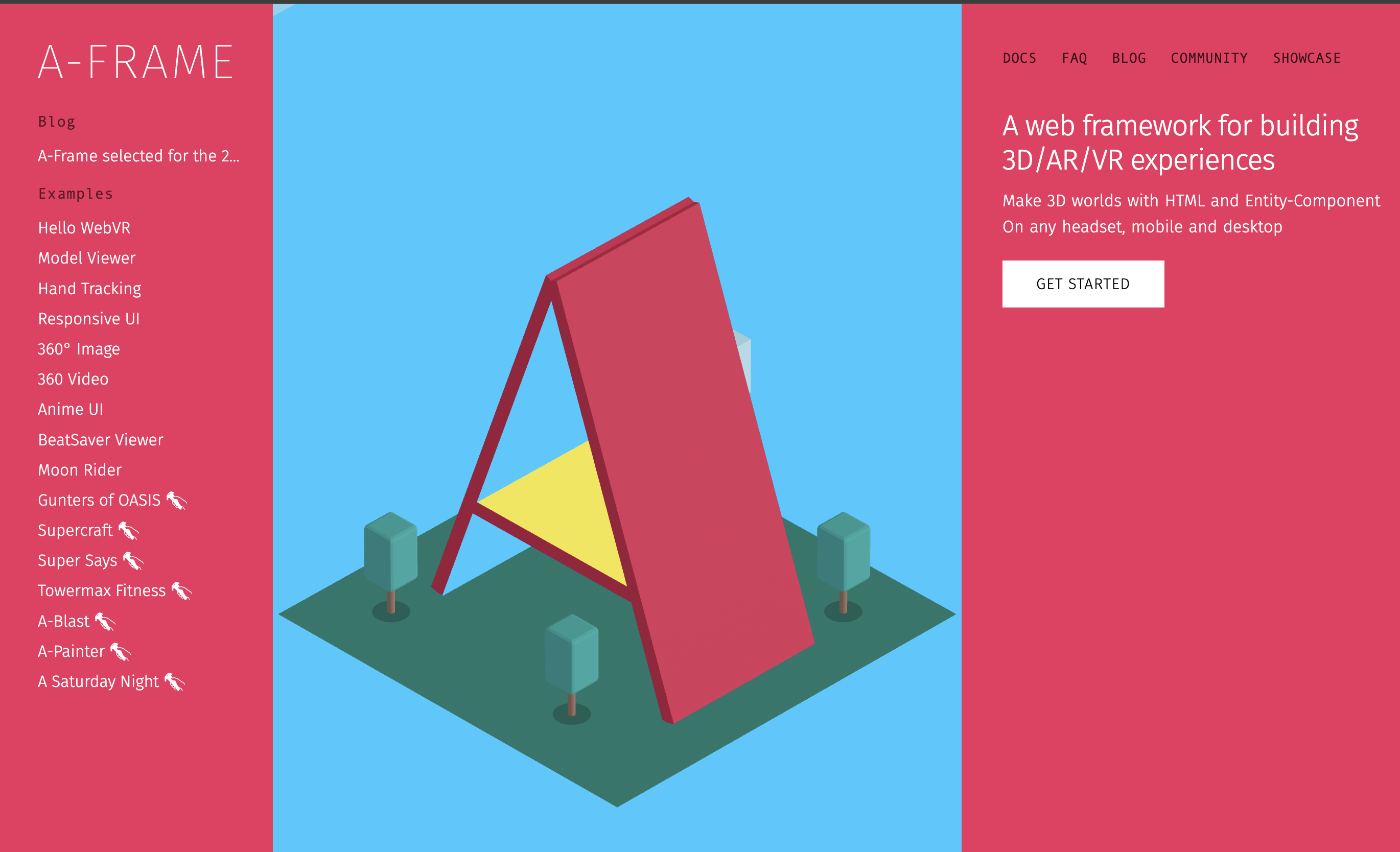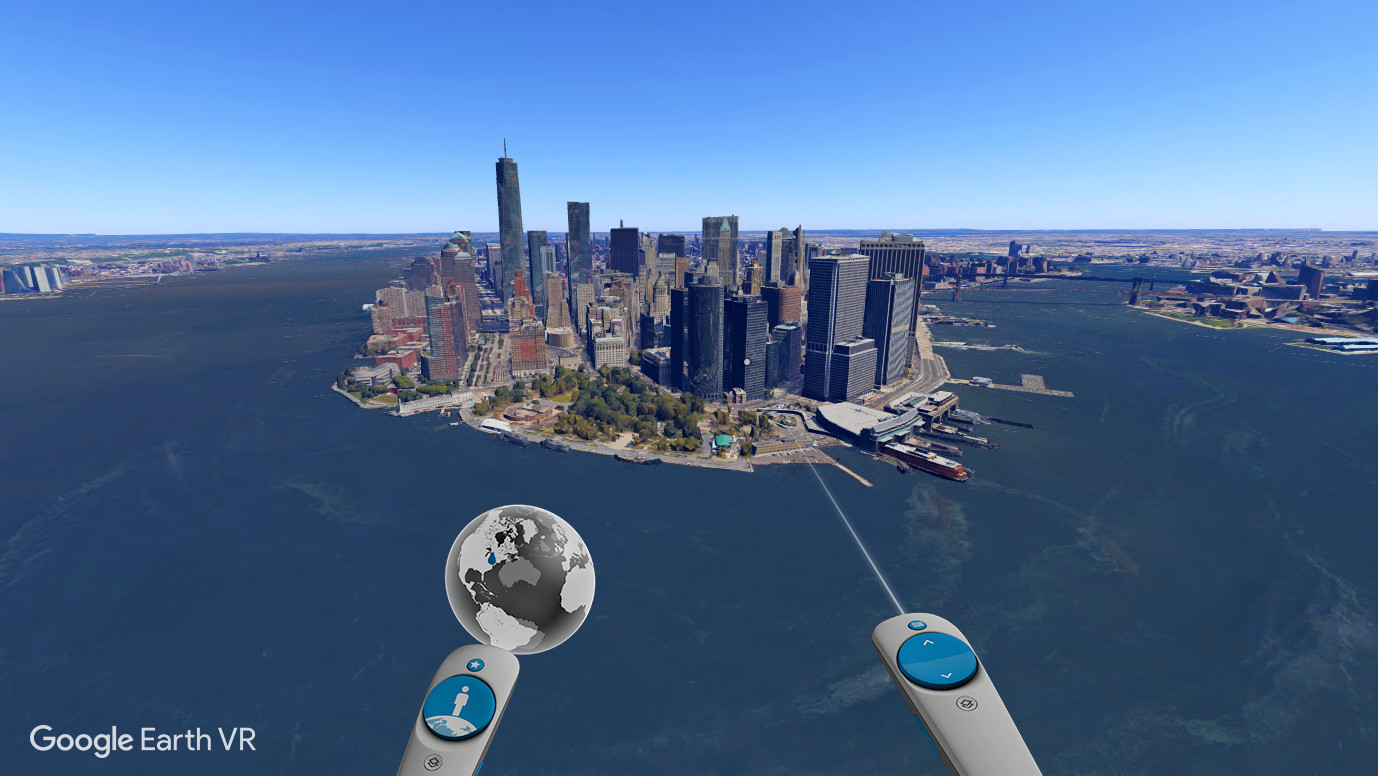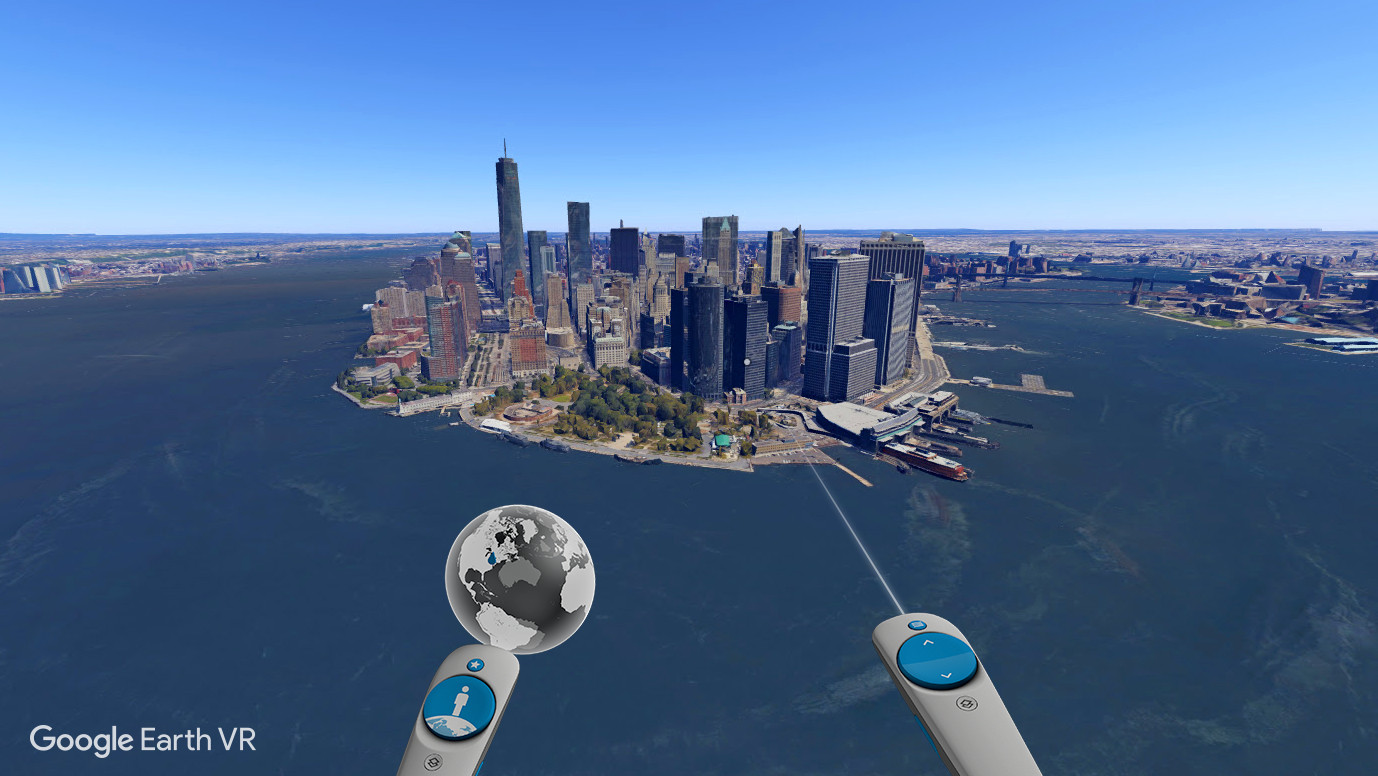The Future of Three.js | 매거진에 참여하세요
The Future of Three.js
#threejs #3D #WebRenderi #AR #VR #Interactiv #WebGames #Data #Visualize
The Present and Future of Three.js: Powering the 3D Web
Three.js is a powerful JavaScript library built on top of WebGL that enables developers to render 3D graphics directly in the web browser — no plugins or installations needed.
As immersive technologies like AR, VR, and XR gain momentum, interest in Three.js is rising fast. It’s no longer just a niche graphics tool — it’s becoming a foundational layer for the next generation of interactive web experiences.
In this post, we'll explore what Three.js is, how it works, and where it’s headed next.

1. The Basics: Making WebGL Easier
WebGL is a low-level API that gives browsers access to hardware-accelerated 3D rendering. However, writing raw WebGL code can be overwhelming — it's verbose, technical, and difficult to manage.
That’s where Three.js comes in.
Three.js abstracts the complexity of WebGL, offering a more intuitive, high-level interface for creating 3D graphics. Developers can focus on creativity and logic instead of getting bogged down by boilerplate code and matrix math.
2. Core Building Blocks of Three.js
When working with Three.js, you’ll mostly deal with the following components:
Scene:
The container for everything you render. Think of it as the 3D world where objects, lights, and cameras live.
Camera: Defines the viewpoint. You can use PerspectiveCamera for realistic depth or OrthographicCamera for flat projections.
Mesh: A 3D object consisting of a Geometry (shape) and a Material (surface appearance).
Light:
Lighting is crucial for realism. Three.js supports ambient, point, directional, and more.
Renderer: Typically WebGLRenderer, this handles drawing everything to the screen using HTML5’s <canvas>.
3. Why Developers Love Three.js
Cross-Platform by Default
It runs entirely in the browser, making it accessible across desktops, tablets, and smartphones — no apps or downloads required.
Beginner-Friendly
The learning curve is relatively smooth thanks to excellent documentation, community tutorials, and simplified APIs.
Flexible and Extensible
Need advanced features like shaders, post-processing, or integration with AI/physics engines? Three.js has hooks for that.
Built-in Animation Support
Three.js handles skeletal animations, keyframes, and morphing — making interactive storytelling and product showcases seamless.
4. Use Cases: From Games to Google Earth
Web Games
Three.js enables browser-based games with real-time 3D scenes. It’s lightweight enough for mobile, yet powerful for desktop experiences.
Data Visualization
It shines in visualizing complex datasets in 3D — whether it’s finance, GIS, or scientific modeling.
Interactive Applications
Spin, zoom, and explore 3D models in-browser. Great for virtual product demos, e-learning tools, or architectural simulations.
VR, AR, and the Metaverse
Integrated with WebXR, Three.js supports immersive environments directly in the browser. Frameworks like A-Frame (built on Three.js) let developers easily create VR/AR content.
🔍 Example:
Hello WebVR — an entry-level A-Frame experience that lets users explore virtual scenes on desktop or mobile.

Google Earth VR - Google Earth’s web VR version uses Three.js to deliver stunning interactive experiences — exploring the Earth in 3D right from your browser.


5. Strengths and Limitations
Pros:
Zero install: everything runs in the browser.
Massive open-source community with strong GitHub support (90K+ stars).
Active development, modern tooling, and performance features (e.g., texture compression, off-screen rendering).
Ideal for creative coding and visual storytelling.
Cons:
Performance bottlenecks can emerge in complex scenes.
Mobile optimization requires careful design.
Not as structured as full game engines — large projects may need more architecture planning.
6. Ecosystem & Momentum
WebXR & Immersive Tech
With WebXR APIs becoming more standardized, Three.js is positioning itself as a go-to library for building browser-based VR/AR applications — no Unity or Unreal required.
A Thriving GitHub Community
Three.js continues to grow, with thousands of contributors expanding its capabilities across rendering, materials, and integrations. Creative developers are merging tech and art in fascinating ways.
Widespread Adoption
Used by eCommerce giants (like IKEA and Nike), media companies, educational platforms, and even data-heavy enterprise dashboards — Three.js is no longer just for hobbyists.
YouTube Education Boom
Influential creators like Daniel Shiffman (The Coding Train) and Bruno Simon (Three.js Journey) are making learning fun and accessible — helping developers at all levels dive into the world of 3D web.
Bruno’s work shows how beautiful and cinematic the web can be when powered by code and creativity.
7. Alternatives: Not Just One Player
If you're exploring other options:
Babylon.js: Game-focused, performance-optimized 3D engine with rich tooling.
PlayCanvas: A visual, cloud-based engine built for fast development.
A-Frame: Ideal for VR apps — declarative, HTML-like syntax.
Unity WebGL: Heavy-duty game engine with a WebGL export option — more power, but more complexity.
Final Thoughts: Is Three.js the Future?
Three.js is evolving rapidly. As WebGPU support emerges, it could unlock even higher performance, allowing web-based applications to rival native experiences.
Combined with growing interest in spatial computing and immersive web experiences, Three.js is perfectly positioned to lead the charge.
Whether you're building a VR game, visualizing big data, or creating interactive art, Three.js empowers developers to shape the future of the 3D web — one scene at a time.






